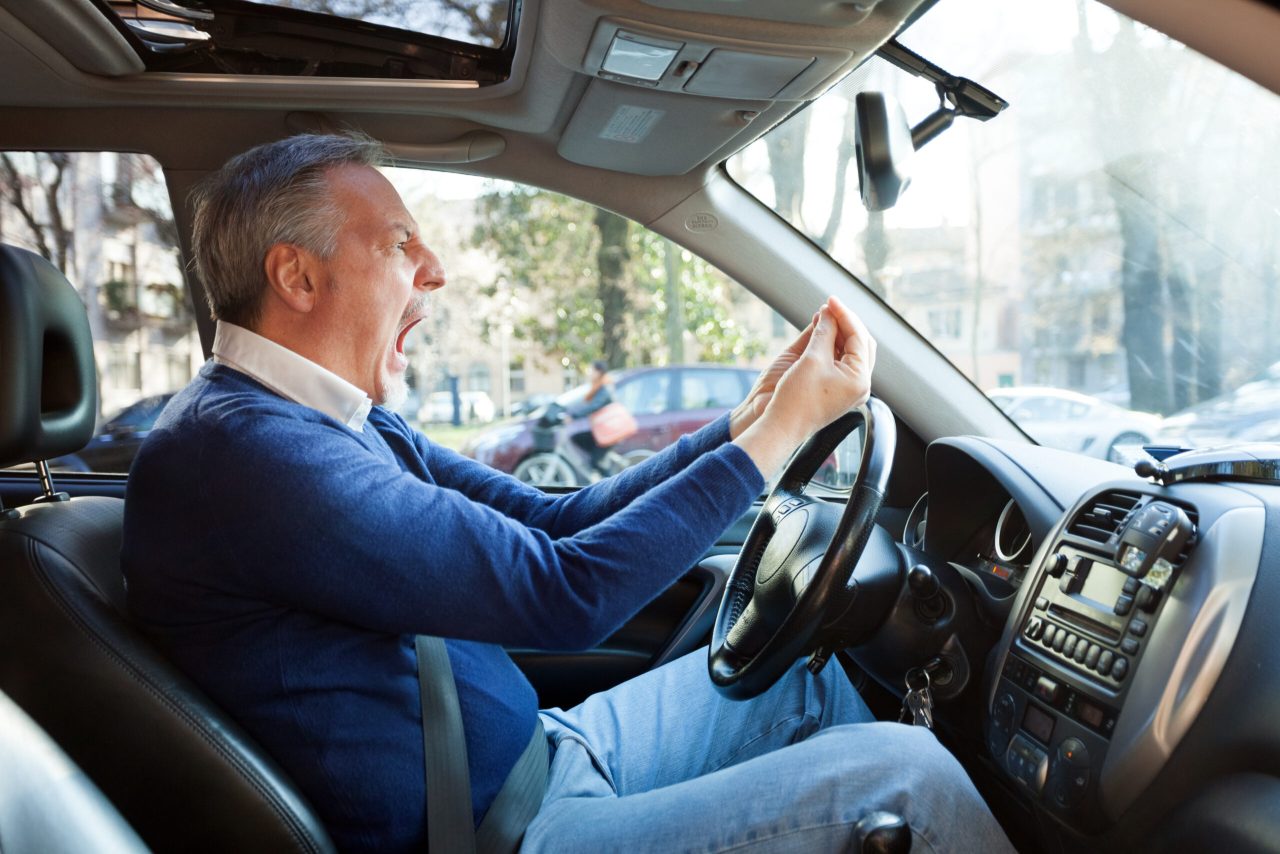Helpful Tips for Managing Road Rage

Helpful Tips for Managing Road Rage
Road rage—aggressive or angry behavior exhibited by motorists—is prevalent on U.S. roadways.
Road rage is often caused by inconveniences and incidents that occur while driving, usually in a retaliatory fashion. Some common forms of road rage include yelling, honking, tailgating, cutting off other cars, initiating confrontation outside of the car and intentional ramming.
While most instances don’t go further than expletives and hand gestures, road rage can lead to violence. According to the AAA Foundation for Traffic Safety, road rage is a factor in more than 50% of all car crashes that end in a fatality. Some of the most common causes of road rage include:
Heavy traffic—Stalled traffic can cause impatient drivers to get frustrated, allowing minor inconveniences to set them off more easily.
Anonymity —Some drivers believe they can get away with honking, gesturing or cutting people off because there’s a sense of anonymity behind the wheel.
Distracted driving —Observing distracted driving behavior—such as swerving and cutting people off—can be scary and result in anger directed toward the irresponsible driver.
Impatience—Drivers who are running late or feel their time is more important than others tend to drive more erratically.
On average, 1,500 people are injured or killed each year due to aggressive driving in the United States. According to the AAA Foundation for Traffic Safety’s 2019 data, nearly 80% of drivers expressed significant anger, aggression or road rage behind the wheel in the last 30 days.
Here are six tips to keep you safe on the road:
Practice polite driving. Avoid tailgating, speeding, weaving, erratic braking and leaving on high beams. When in doubt, behave courteously.
Give other drivers the benefit of the doubt. Most driving mistakes are unintentional. Try not to take them personally. An aggressive response isn’t worth the risk of injury or death.
Keep your travel expectations reasonable. Don’t set unrealistic goals for how quickly you can get to a destination. Know when there will be traffic and give yourself plenty of time to reduce your chances of using unsafe driving behaviors and getting angry at other drivers.
Steer clear of aggressive drivers. Put space between yourself and aggressive drivers. Consider slowing down to let aggressive drivers ahead or changing lanes to create distance.
Don’t make rude gestures. Avoid making eye contact or making hand gestures at aggressive drivers. Use your horn sparingly and only for emergency situations.
Call 911. If an aggressive driver is targeting you, call 911 and stay on the phone with the dispatcher. Consider driving to the nearest police station, convenience store or public location. Do not go home if you’re being followed.
Road rage can happen to anyone and can threaten the well-being of everyone on the road. However, drivers can keep calm and safe with the proper training and techniques.
For more risk management guidance, contact INSURICA today.



